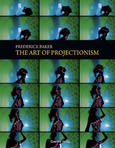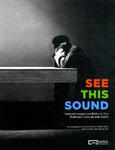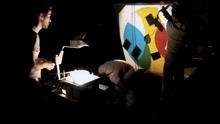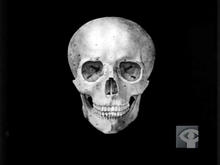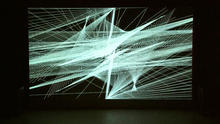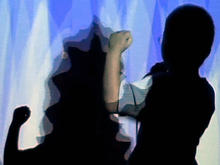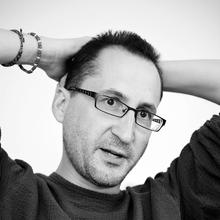ray vibration
is a realtime audio-visual performance by Tina Tonagel, Christian Faubel and Ralf Schreiber. Three overhead projectors, three screens and three sound systems.
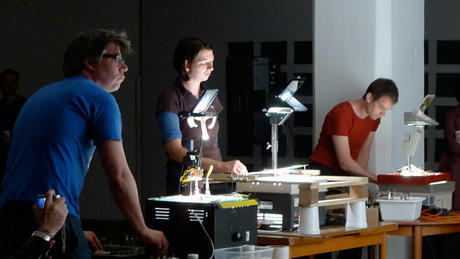
Three overhead projectors, three screens and three sound systems. Different electro-kinetic devices, machines and instruments are placed on the projectors. They produce movement and sound. The small sounds of what happens on the projectors are filtered, distorted and amplified. At the same time a triptych in cinemascope format displays magnified, filtered, distorted images of what happens on the screens/fresnel lenses of the projectors.
This is an ongoing realtime process and something magic happens – a synaestetic process is triggered – images and sound go together, everything is transparent and happens in the here and now. What you see and hear is a live experiment and improvisation.
Christian Faubel works with different types of autonomous robots for example a number of simple suneaters that move on the screen and hitting each other, and with solar analog walking robots suspended on the screen creating rhythms and beats.
Ralf Schreiber uses solar autonomous robots, solar synths, motors , visual disc sequencers and their arrangement and interactions on the screen.
Because of their autonomous nature these instruments are not playable in controlled way. This requires to instead play with the instabilities of the different systems and to improvise to get to a sync of the three stage glasses.
In contrast Tina Tonagel works with a set of rotating, self-invented instruments that mostly resemble string instruments. Because she can play them by hitting and scratching she can mediate between the more autonomous sets.
Source: ray vibration
